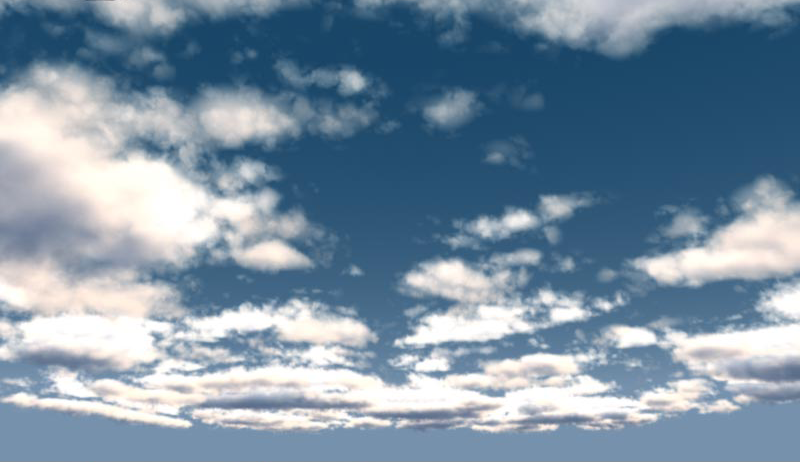The Scalar Multi Math shader is an optimized version of the Scalar Math Basic shader. You can subtract/multiply/add up to eight scalar inputs.
You need to define a minimum of two inputs in order to perform mathematical operations between them. The inputs are processed in consecutive order; for example, Input 1 and Input2 do whatever operation is specified for Input 2 and that comes up with a value; then Input 3 does its operation on that resulting value, and so on.
You can use this shader to to combine multiple scalar-output shaders (texture generators, fractal or cell scalar shaders, or other math shaders) to the Input parameters. This shader is used inside the Particle Shaper compound.
Once a function is selected, the output can be used on any shader that accepts a scalar input.
Here's an example of how the shader works for ICE particle shading:
You combine multiple density nodes inside the render tree, such as a big noise to shape ICE particle clouds (such as with the Cell Scalar shader) and a small noise for the edges to make it fluffier (such as with the Fractal Scalar shader).
If there is no big cloud, you don't need to make an emtpy space fluffy, so the shader does not call the second input.
If you are in the middle of the big cloud with full density, then you don't need to make that part fluffy. The fluffy noise is not able to reduce the high density to anything visible.

For general information about ICE particle shaders, see ICE Particle Shading [ICE Particle Simulations].
 Except where otherwise noted, this work is licensed under a Creative Commons Attribution-NonCommercial-ShareAlike 3.0 Unported License
Except where otherwise noted, this work is licensed under a Creative Commons Attribution-NonCommercial-ShareAlike 3.0 Unported License